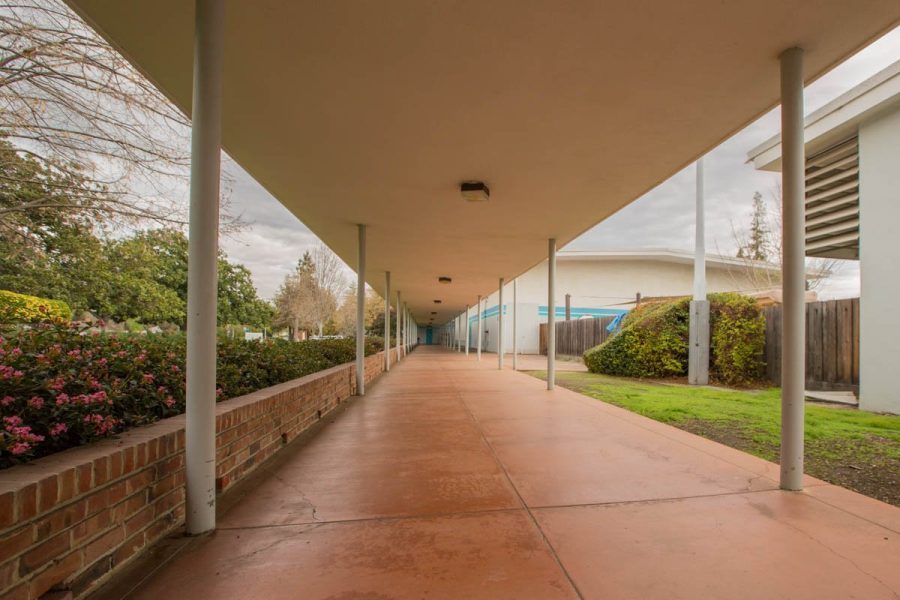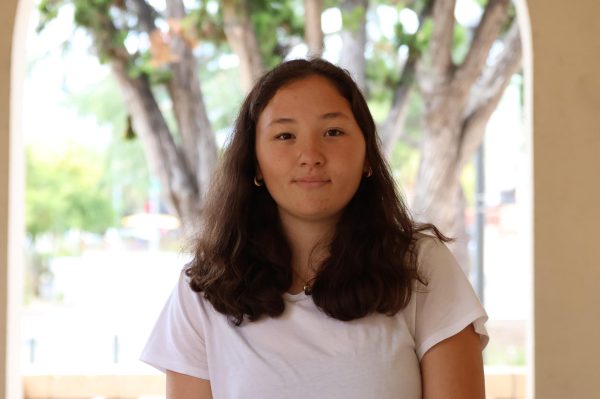The Cubberley Community Center has long stood as a pillar of Palo Alto’s cultural, educational and recreational activities. With new plans to renovate the facility, it is essential for the city to address the troubling legacy of its namesake, Ellwood Cubberley, an advocate of eugenics. To uphold its desire for inclusivity, Palo Alto should rename the Cubberley Community Center.
Eugenics is a discredited scientific theory aimed at “improving” the human race through selective reproduction based on racist and exclusionary ideals. Proponents of the theory sought to allocate resources and opportunities based on perceived genetic superiority, reinforcing systemic discrimination.
Ellwood Cubberley, a prominent educator and the first dean of the Graduate School of Education at Stanford University, applied these beliefs to his work, advocating for the preferential treatment of those students he deemed “eugenically gifted” in the education system.
This conversation is not new to Palo Alto. The community previously demonstrated a commitment to renaming institutions associated with the eugenics movement in 2017 when the Palo Alto Board of Education voted unanimously to rename Jordan Middle School and Terman Middle School due to their namesakes’ advocacy of eugenics.
The move was in accordance with the community’s dedication to fostering a space that values all people, regardless of background. But the Renaming Schools Advisory Committee suggested at the time that Cubberley Community Center, despite its role as a community hub, only be renamed if it were reopened as a school.
On Feb. 18 of this year, the City Council approved a vision statement for the future of the community center, describing it as “a vibrant and beloved destination with activities, amenities and offerings that promote learning, joy and well-being where all cultures and generations belong.”
A facility meant to embody these principles should not bear the name of someone whose ideology promoted exclusion.
With proposals to develop and renovate the Cubberley site, the city has been presented with an opportunity to involve the community in deciding on a new name that aligns with Palo Alto’s values of equity and inclusiveness. After all, how can a community center truly embody inclusion and diversity if it continues to be affiliated with someone whose ideology stood in opposition of those very values?
And reevaluating historical names is a part of a larger movement across the nation. This issue isn’t a matter of erasing or ignoring history — it’s a matter of deciding which beliefs align with community goals. When we name a community center, a school or even a bench at the local park after someone, we elevate their legacy and associate their names with the ideals we wish to promote.
Many historical figures, including renowned educators, scientists and political leaders, made significant contributions despite holding views or engaging in actions now considered deeply problematic. For instance, Thomas Jefferson, a Founding Father celebrated for his role in drafting the Declaration of Independence, was a slave owner.
Woodrow Wilson, the 28th U.S. President, is recognized for his leadership during World War I and the formation of the League of Nations, but his administration also mandated racial segregation within the federal government. Similarly, some may argue Cubberley’s contributions to education should not be dismissed solely because of his support for eugenics.
However, unlike Jefferson and Wilson — whose legacies are broadly debated in the context of their contributions to the nation — Cubberley’s primary influence was in education, an area where his advocacy of eugenics directly shaped exclusionary policies. His name on a community center, a space meant to welcome all people, reinforces a legacy that prioritized certain groups over others.
While history is complex, honoring a figure by naming an institution after them inherently expands their influence. Keeping Cubberley’s name on a community center sends the wrong message, not only because of his association with eugenics but because his work in education actively promoted ideas.
Unlike a textbook or museum, where historical figures are studied in full context, naming a public facility after someone implicitly honors them. Keeping Cubberley’s name ultimately suggests that his contributions to education outweigh the harm of his ideology — an ideology that seeks to categorize and limit people based on racial hierarchies. Acknowledging his role in shaping education does not require continuing to celebrate his name.


